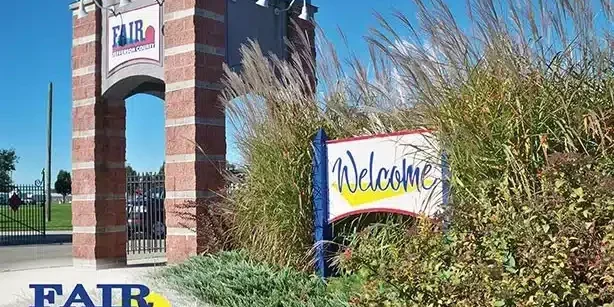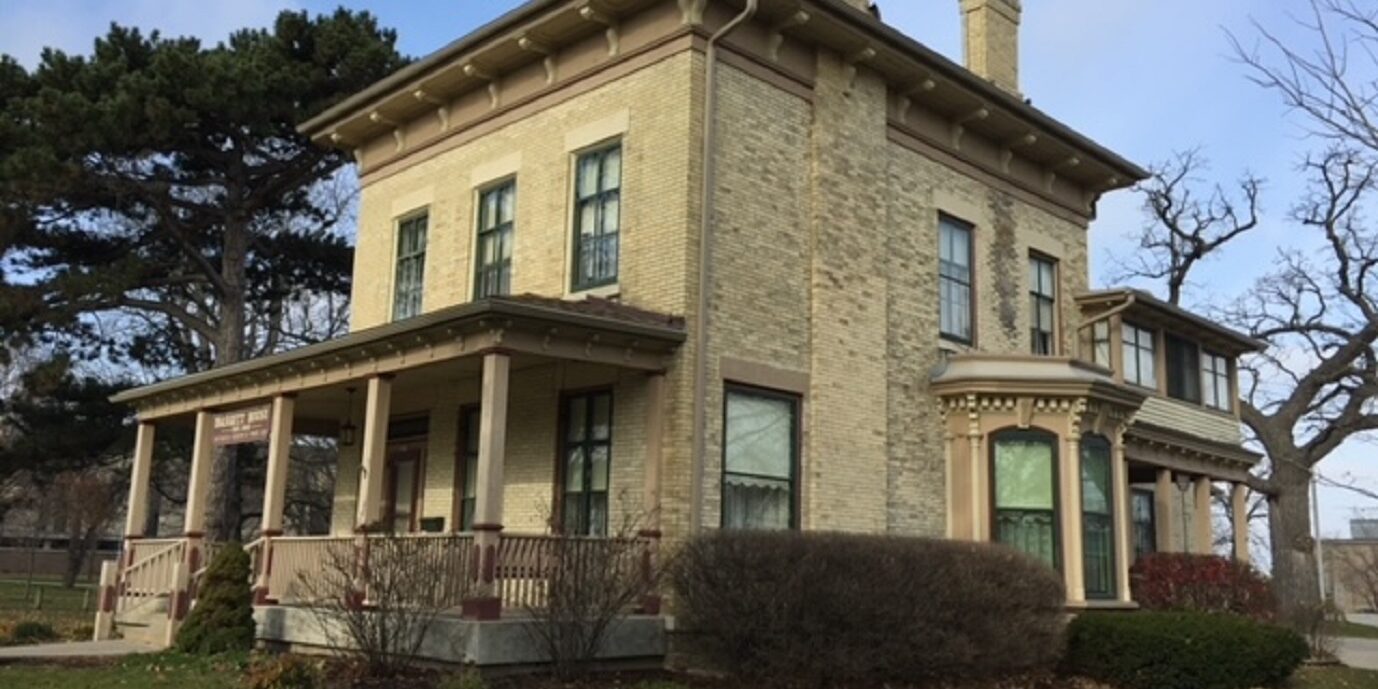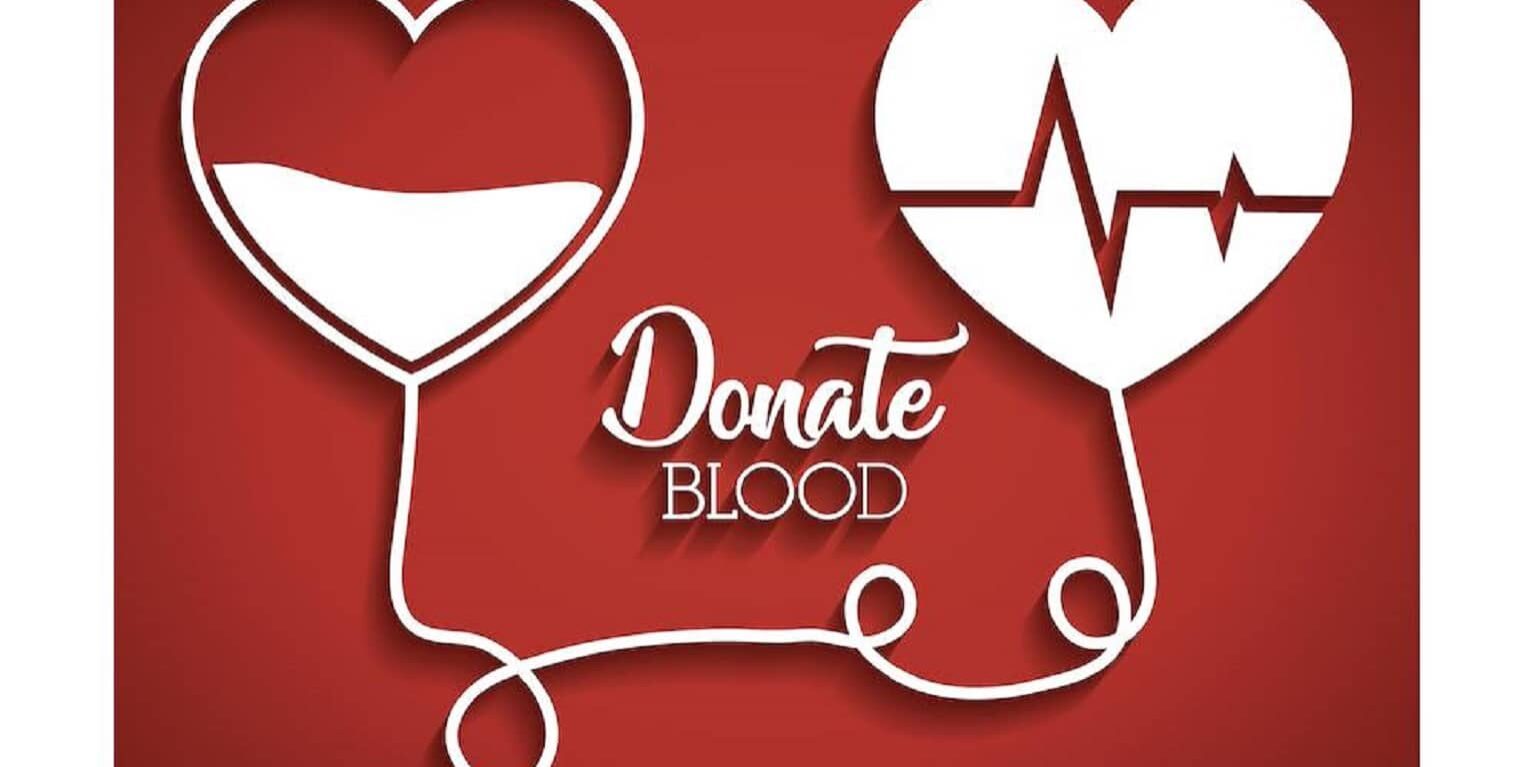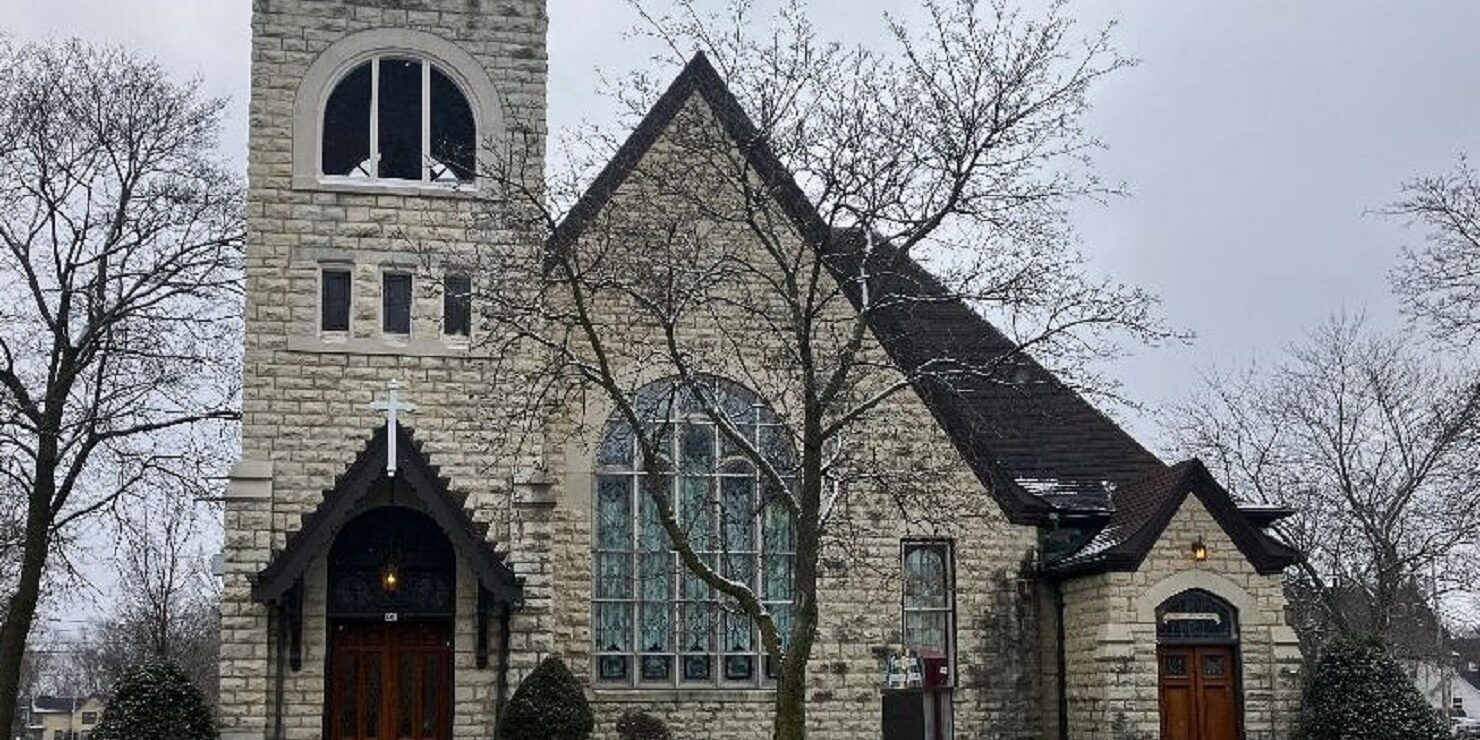By Al Stanek
Whitewater Banner volunteer staff
whitewaterbanner@gmail.com
The Whitewater Fire Department, like volunteer fire departments all around the state, is struggling with recruiting and paying for Emergency Medical Technicians (EMTs) and a newly announced state plan might be available to help cover some of the costs.
EMTs, the well-trained medical people who respond with an ambulance to medical emergencies, are in short supply and small communities like Whitewater, which have traditionally relied on paid on-call volunteer EMTs, have been experiencing serious staffing problems.
WI Governor Tony Ever’s State of the State address this week featured a plan to use $27.4 million of federal money to help cover increasing community expenses to provide emergency medical services. This comes as the City of Whitewater and the Whitewater Fire Department Inc. (WFD) are negotiating an agreement to integrate fire and EMT services as a City of Whitewater Department.
According to a February 17 press release, the Whitewater Fire Department, Inc. (WFD) “is in discussions with the City of Whitewater to become a city department in hopes to better service the city and surrounding townships.” Staffing concerns, particularly for the Rescue Squad, prompted discussions beginning in late 2021 of the possibility of a merger. On January 6 the members of WFD authorized the board of directors to move forward with efforts to become a city operation. (See the Banner report dated January 7.) This week’s press release indicates that a Memorandum of Understanding is currently being developed, with the transfer of the Rescue Squad personnel and operations expected to be the first phase. The merger “..is for the citizens,” said WFD Board of Directors President and Fire Captain Christ Christon. “We need to provide the best service we can to our community and the surrounding townships.”
According to the WI EMS Association, “In Wisconsin, we rely on nearly 800 emergency medical service providers — more than half are either operated exclusively by volunteers or through a combination of volunteers and paid staff.” Whitewater’s volunteer fire department is one of those 800 providers and has been experiencing problems in recruiting and maintaining paid on-call volunteers or even paid on-premise EMTs.
Incorporating WFD operations as a City of Whitewater function is likely to create an additional financial obligation for City of Whitewater taxpayers. The current roughly $1 million WFD operation is funded by an annual city contribution averaging roughly $250,000 along with revenue from contracts with surrounding townships and WFD fundraising activities. Earlier this year the city’s proposed borrowing plan included $700,000 (to be combined with $350,000 allocated in 2021) to go toward the replacement of a fire truck.
The Governor’s plan includes pumping $8 million into a sparsely funded and lightly used state Emergency Medical Services Funding Assistance Program in the 2023 state budget along with $12 million in “EMS One Time Flexible Grants.” The state EMS Association reports that the source of the funding in reaction to the shortage of EMTs is the American Rescue Plan Act enacted in response to the COVID pandemic.
“We are thankful and appreciative that the Governor recognized the challenges that emergency medical services are facing in Wisconsin,” said the EMS Association’s Alan Young. “This funding will help ease some of the major challenges and will help EMS departments breathe a little easier as they support our local communities across Wisconsin.”
The nonpartisan WI Policy Forum (WPF), which labeled its recent analysis of the state’s EMS situation as “IN NEED OF RESUSCITATION,” recommends short term solutions like the one-time program announced by the Governor along with carefully thought-out EMS regional service plans and “… adjustments to financial constraints on local governments.”
The WPF analysis was critical of outdated spending limits under the state “Shared Revenue” program. The long-standing program of the state distribution of sales tax and other revenues to municipalities does not recognize increasing EMS and fire expenses due to changes in the ability of volunteer fire departments like Whitewater’s to maintain basic public safety services.
The WPF analysis indicates that the portion of municipal funding dedicated to EMS services is “trending down” while costs are trending upward rapidly.





















